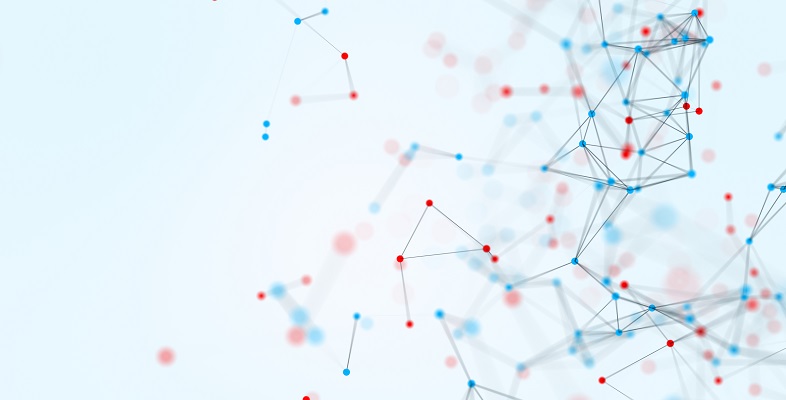2.1 A day in the life
Here, an individual describes a typical day in their life, as they keep an eye out for computers:
I wake to an alarm. It’s controlled by a small computer in my smartphone that lets me set the time I want to wake up and the sound that will wake me.
I prepare breakfast in a microwave which has a small computer that controls the cooking time and power level.
I take my dog for a walk. She has a microchip (i.e. a very small simple computer) implanted under her skin that will enable her to be traced if she is lost or stolen.
I take my son to his nursery in the car. It has a number of small computers that control the steering, manage the engine, and control the braking system.
My son’s nursery has a computer that children as young as two can use. The nursery keeps its records on a computer and it has a website.
At work, I write using a computer and find information both from the library catalogues and from the internet using my computer. I send and receive emails from colleagues down the corridor as easily as those from across the world.
During my lunch break I stop at the bank. My computer-produced statement has a confusing entry that I want clarified. On the way out I draw cash from another computer (an automated teller machine or ATM).
I phone a friend using my mobile telephone. It’s controlled by a small computer, and my network is able to locate my phone and connect my calls through computer-controlled switching systems.
After picking up my son, I drive to the supermarket. Supermarkets are just one form of business that depends on computers to check stock, order items that are running out and add up sales, among other things. These computers also use my loyalty card to record my preferences, and issue me with vouchers that might entice me to exercise these preferences.
On the way home I pass a police speed camera. If I were exceeding the speed limit, its computer-controlled system would recognise my number plates, identify me as the owner using the DVLA licensing records, and automatically send me a ticket. (Of course, it’s not triggered into action as I pass by!)
Later in the evening my partner and I go to visit a friend who’s in hospital. As we aren’t too sure where the hospital is, we use an in-car navigation system (sat nav) to help us get there using the best route.
At the very end of the day, I take a shower which uses a small computer to control the temperature and pressure to ensure I’m neither frozen nor scalded if someone else in the house turns a tap on or off.
The one thing I’m fairly certain of is that my bed doesn’t (yet) contain a computer.
Activity 2 Information on a ward
Imagine you are working on a ward, say as a nurse. What type of information might you need, and how is this shared?
Discussion
There is no single answer to this activity, but here are some examples:
Nurses collect data and make decisions based on that data. It could come from the patient, visually, through physical examination, smell and listening, from paper records, through equipment that sends information to systems for analysis, and from other health professionals directly.
This needs to be structured so decisions about treatment or investigations can be made, so it’s not a good idea to write this type of information down on hundreds of scraps of paper.
Think about why it’s better, for example, to use a chart for observations. How is the data structured and prepared for review and decision-making?
For members of the team ordering stock, they may use codes that make it easier to track and control various types of medication. A nurse/doctor may record a diagnosis that is then coded by the coding team for analysis.
What sort of information would a doctor need in the course of their working day?
Discussion
Here is an example list of things a doctor might need to know:
- personal information about a patient which enables the doctor to visit that patient
- the patient’s medical records which show previous treatments, any adverse reactions to treatments, and so on
- information about the external bodies that deal with patients, such as the location of the nearest pathology laboratory, and the name of the consultants at the local hospital who treat particular disorders
- information about the latest policies and procedures of the NHS
- recent research findings relevant to a patient’s condition.
The above list shows how daunting information requirements can be. A doctor needs everything from the simple and obvious (the patient’s name and address) to the complex and possibly obscure (the latest research findings on a rare disease).
